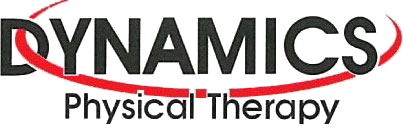Q: I had a full-thickness rotator cuff tear that was repaired using a special blood plasma product. It's supposed to speed up healing and recovery. Right now I'm still in the special pillow sling. I'm not scheduled to start rehab until the end of four (maybe six) full weeks. Is that faster than usual (i.e., without the special treatment)?
A: The retear rate of repaired rotator cuffs is pretty high during the first three months postoperatively. That's why patients are put in an immobilizer and only allowed to do some passive motion. No tension is allowed on the surgically sutured tendon.
You are in the special abduction sling to protect the healing tendon. It isn't until you are weaned off the sling that active motion can begin. Then it takes another four to six weeks before strengthening exercises can begin. And finally, for those who are engaged in recreational or sports activities, return to these activities is allowed six to nine months after surgery.
The use of an outside agent to help accelerate healing after rotator cuff surgery is being studied. One of the first studies to compare full-thickness rotator cuff repairs with and without platelet-rich plasma (PRP) was recently reported on.
They didn't find a significant difference in results with or without this accelerant. . In fact, at the three-month mark, the group without platelet-rich plasma (PRP) had slightly better results. Over time, the differences evened out.
The expectation was for better results in the platelet-rich plasma (PRP) group and that isn't what happened. Maybe nothing went wrong. The authors suggested that maybe there weren't enough patients in the study to really measure differences in clinical results. The research term for that phenomenon is to say that the study was underpowered.
Other reasons for the initial delay in healing in the PRP group included the fact that this group did have more patients with larger tears and rehab was started slightly later than in the conventional group (group without PRP).
The authors also suggested that the dose of PRP they used wasn't enough or that the placement of the gel packs could be a factor. It's also possible that the way the arthroscopic surgery must be done (running fluid through the joint) could wash away too much of the PRP to make a difference. Swelling after surgery is another potential factor.
The timeframe you mentioned is still conservative and in keeping with how rotator cuff repairs are managed. MRIs can help show the rate and degree of tendon healing. Rehab isn't usually accelerated without some visible proof that the healing tendon can handle the extra load and tension.
The early months after surgery are the most important. The best way to get optimal results is to follow your surgeon's and your physical therapist's advice every step of the way. Speeding up the process is good but not if it puts you at risk of a retear or rerupture.
Reference: Chris Hyunchul Jo, MD, et al. Does Platelet-Rich Plasma Accelerate Recovery After Rotator Cuff Repair? In The American Journal of Sports Medicine. October 2011. Vol. 39. Pp. 2082-2090.


